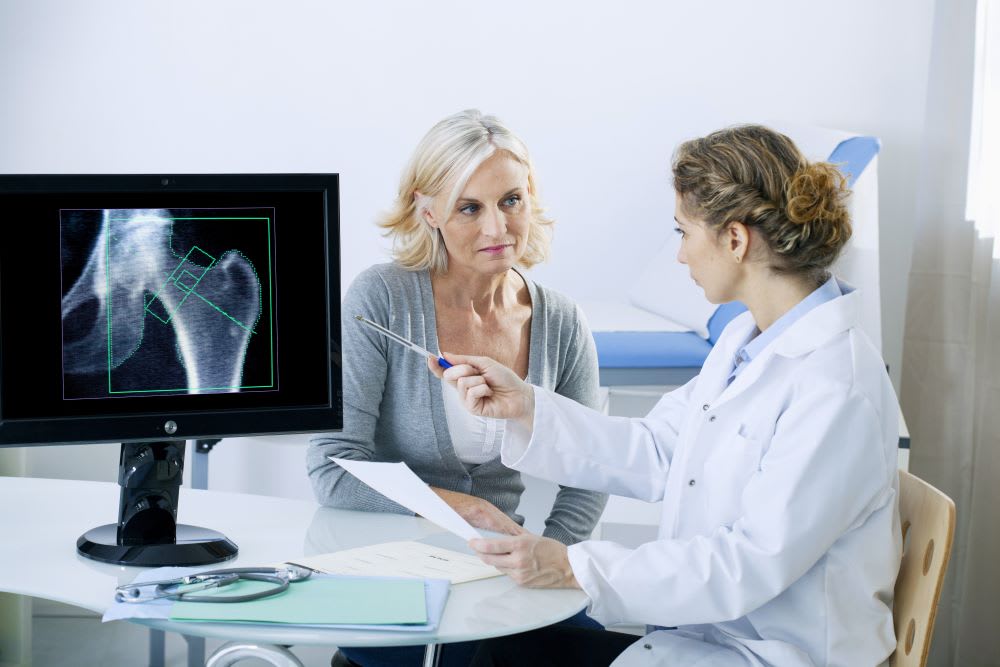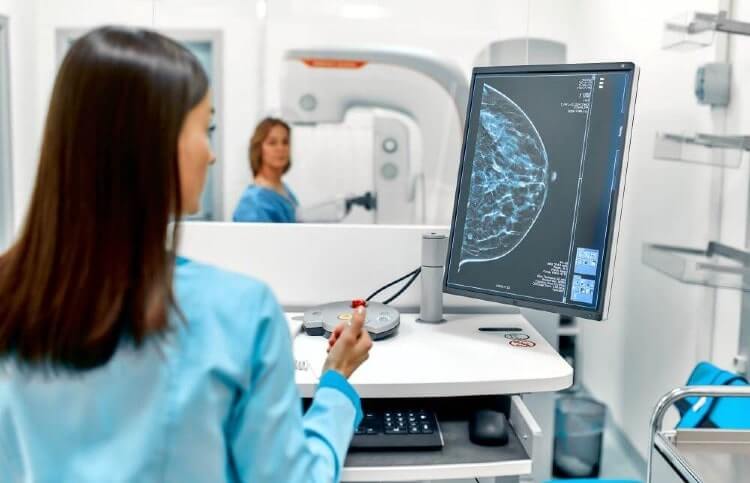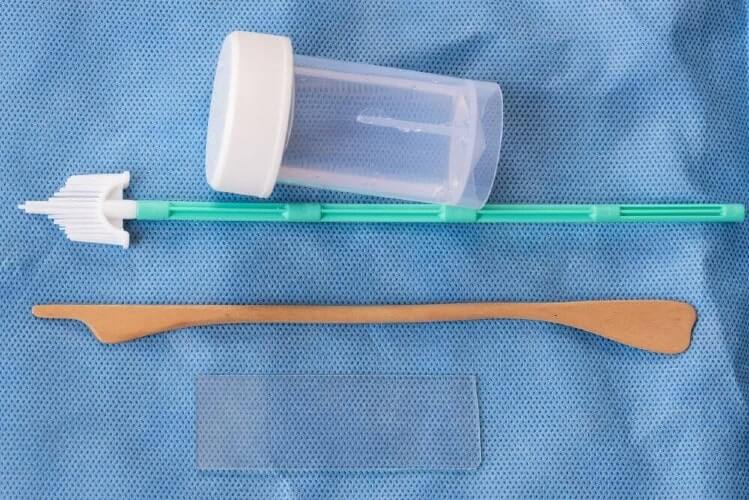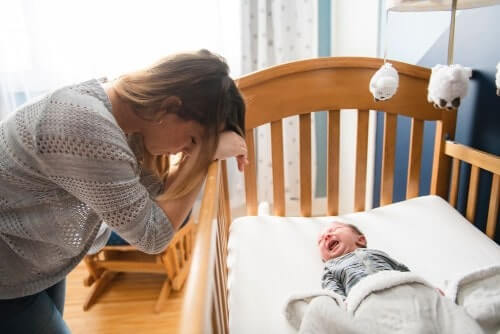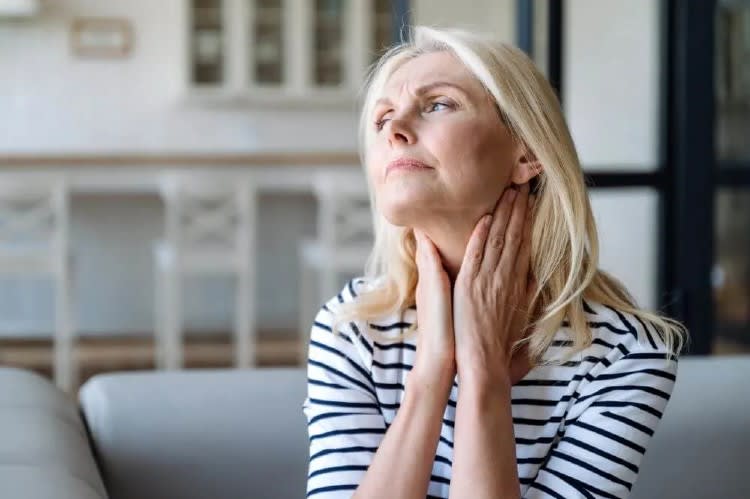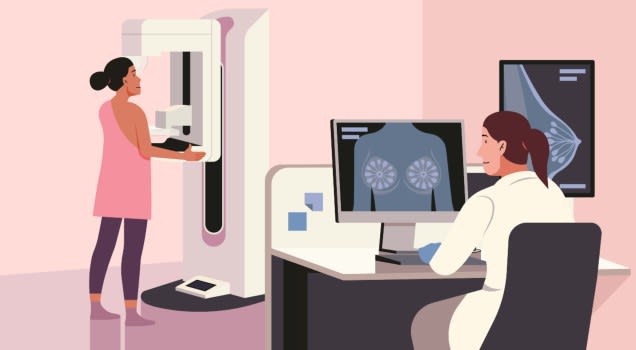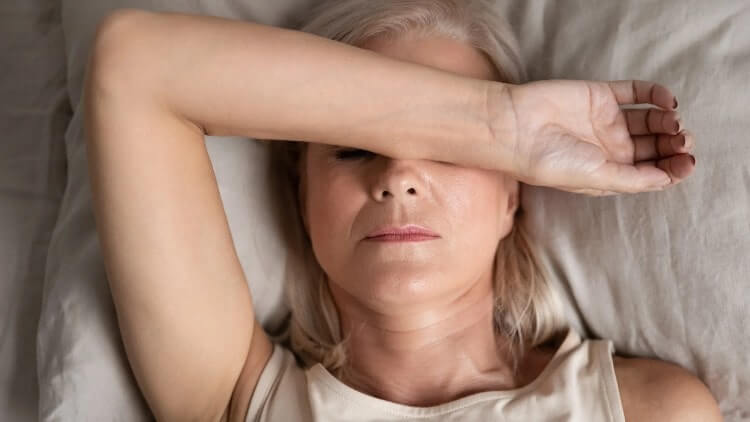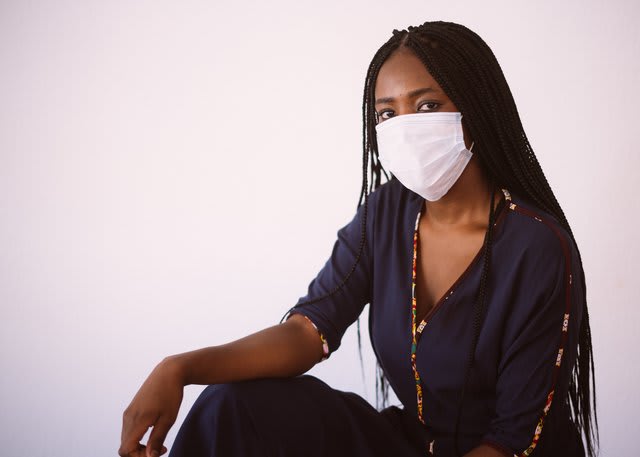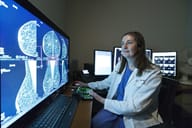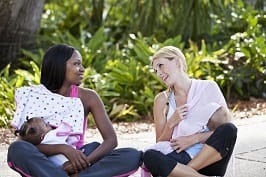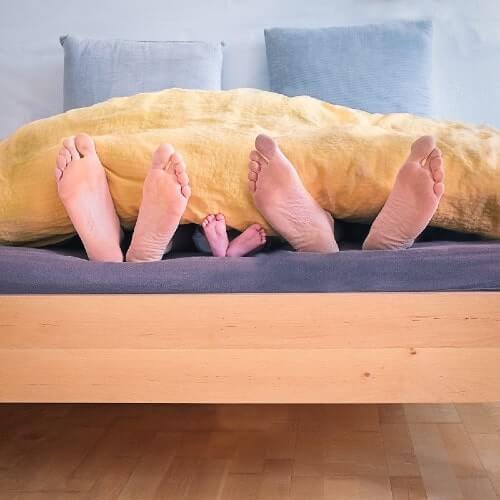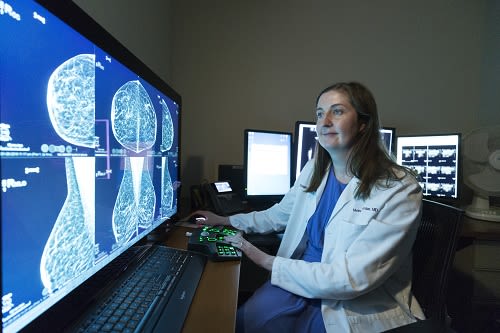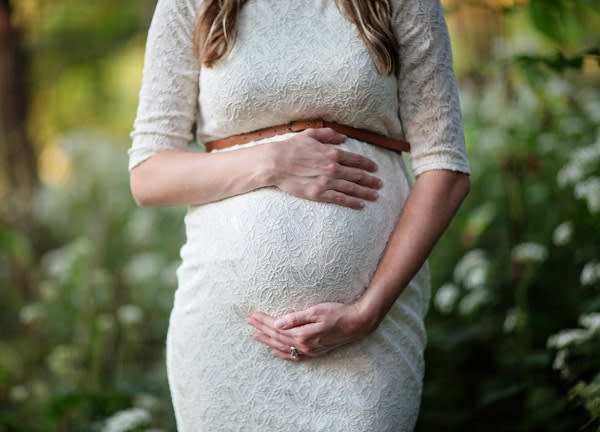What The Updated Osteoporosis Screening Guidelines Means For You
Published: March 05, 2025l
All women aged 65 and older should be screened for osteoporosis, according to updated recommendations from the U.S. Preventive Services Task Force (USPSTF). The guidelines, released in early 2025, also note that some women who are younger and have certain risk factors should undergo screening as well.
As an integrative family medicine physician, I help my patients understand which health screenings they should consider. Here are some things to note about osteoporosis, and why screening is so important.
Another change is that USPSTF now places a larger emphasis on the type of bone density screening women should receive. There are other ways of screening, but the USPSTF recommends a DEXA scan. Dual-energy X-ray absorptiometry, or DEXA, uses a low-dose X-ray to quickly examine the hips, lumbar spine, and sometimes forearms to evaluate your bone mineral levels.
Your images are then compared to those of a typical 35-year-old and results are given in T-scores. A score of -1 or higher means your bones are healthy, while a score of -1 to -2.5 indicates osteopenia, or mild version of bone loss, and a score of lower than -2.5 may mean osteoporosis.
USPSTF also highlights the Fracture Risk Assessment Tool (FRAX) as a supplement to a bone mineral density screening. The FRAX score is your risk, based on statistics, of having a major osteoporotic event in the next 10 years. If you’re less than a 10% risk, it means that in the next 10 years you have a 90% chance that you will not break a bone. It doesn’t mean it’s guaranteed, but it means statistically you are strong enough that even if you fall and break a bone, you’ll be OK.
Those in the medium range have between a 10% and 20% chance that if they fall, they will end up with a broken hip or other major break. If you’re high risk, you have a 30% chance for a major event and your doctors will intervene with recommendations such as lifestyle improvements and medications.
But, of course, the first step is scheduling your DEXA or bone mineral density scan, if you’re over 65 or are under 65 and post-menopausal and have risk factors.
Screening should be on your to-do list. Think about this: The risk of a person who is older than 65 dying in the first year after having a hip fracture is around 30%. And screening is the first step to prevent this early so we can stay healthy and mobile.
As an integrative family medicine physician, I help my patients understand which health screenings they should consider. Here are some things to note about osteoporosis, and why screening is so important.
What is osteoporosis?
Osteoporosis is a bone disease that weakens and thins your bones. I like to explain it with an analogy: Your bones are like a brick wall, and the wall will be as thick as it’s going to be around age 35. After that age, more bricks are being taken out of the wall, which are osteoclast cells, than being put back in, which are the osteoblast cells. If the wall gets too thin, then anything can knock the wall down and break a bone.How did the osteoporosis screening guidelines change?
The task force’s suggestions are mostly consistent with its previous guidelines from 2018, except for two key areas. One is that they have changed their recommendations for post-menopausal women who are younger than 65 with risk factors. Whereas before they recommended a clinical assessment tool, now they encourage a bone mineral density screening. Risk factors for osteoporosis include family history, if you’re underweight, have a history of recent fractures, have rheumatoid arthritis, or have taken certain medications such as steroids and some chemotherapies.Another change is that USPSTF now places a larger emphasis on the type of bone density screening women should receive. There are other ways of screening, but the USPSTF recommends a DEXA scan. Dual-energy X-ray absorptiometry, or DEXA, uses a low-dose X-ray to quickly examine the hips, lumbar spine, and sometimes forearms to evaluate your bone mineral levels.
Your images are then compared to those of a typical 35-year-old and results are given in T-scores. A score of -1 or higher means your bones are healthy, while a score of -1 to -2.5 indicates osteopenia, or mild version of bone loss, and a score of lower than -2.5 may mean osteoporosis.
USPSTF also highlights the Fracture Risk Assessment Tool (FRAX) as a supplement to a bone mineral density screening. The FRAX score is your risk, based on statistics, of having a major osteoporotic event in the next 10 years. If you’re less than a 10% risk, it means that in the next 10 years you have a 90% chance that you will not break a bone. It doesn’t mean it’s guaranteed, but it means statistically you are strong enough that even if you fall and break a bone, you’ll be OK.
Those in the medium range have between a 10% and 20% chance that if they fall, they will end up with a broken hip or other major break. If you’re high risk, you have a 30% chance for a major event and your doctors will intervene with recommendations such as lifestyle improvements and medications.
But, of course, the first step is scheduling your DEXA or bone mineral density scan, if you’re over 65 or are under 65 and post-menopausal and have risk factors.
Screening should be on your to-do list. Think about this: The risk of a person who is older than 65 dying in the first year after having a hip fracture is around 30%. And screening is the first step to prevent this early so we can stay healthy and mobile.
Featured Expert/ Author


